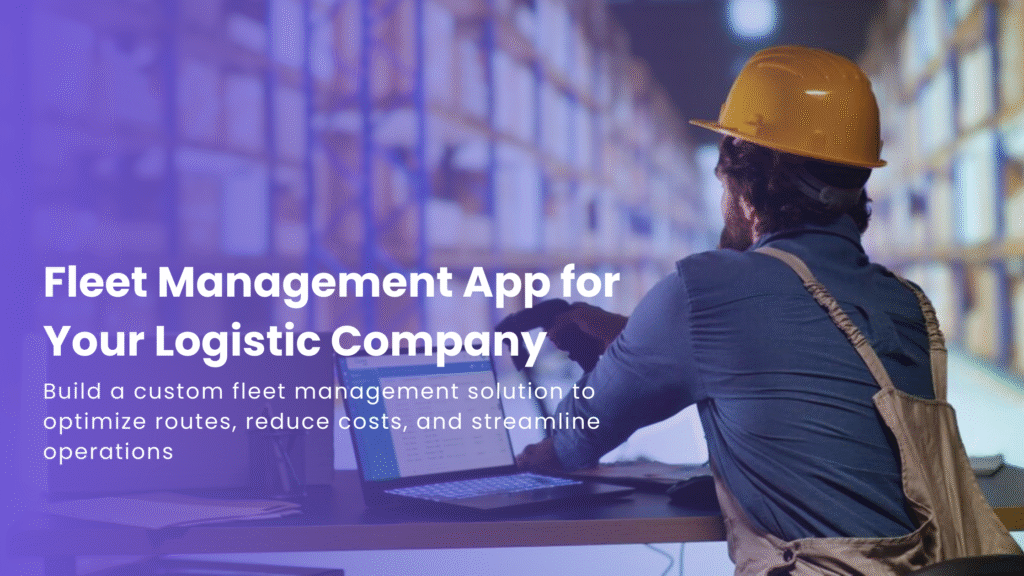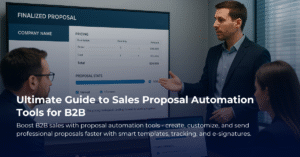Developing a Fleet Management App for Your Logistics Company
So, you’ve heard about fleet management apps and how they’re becoming all the rage in logistics. You might be thinking, “What’s the big deal?” or “Why should I even bother with this?” Trust me, you’re not alone in this thinking. Many business owners are unsure about the complexities of technology, but let me assure you, it’s not as intimidating as it seems.
Let’s break it down together. A fleet management app can help you keep track of your vehicles, monitor their performance, optimize routes, and even manage your drivers. Imagine having real-time access to everything happening with your fleet right at your fingertips. Sounds useful, right?
What is Fleet Management?
Fleet management refers to the processes involved in managing commercial vehicles. Whether it’s tracking deliveries, maintaining vehicles, or ensuring that drivers are following safety regulations, it’s a complex web of tasks. A good fleet management app simplifies this. It helps you streamline operations and make better decisions, which can save you time and money.
Where to Start?
Now that we’ve set the stage, let’s talk about how to actually go about developing a fleet management app.
1. Define Your Goals
Before jumping into development, take a step back and ask yourself some questions. What specific problems do you need to solve? Are you looking to reduce fuel costs? Improve delivery times? Keeping your eye on these goals helps shape the app’s features.
2. Identify Essential Features
Once you have your goals in mind, it’s time to figure out the essential features your app will need. Here’s a short list to get you started:
- Vehicle Tracking: GPS integration to know the exact location of your vehicles.
- Route Optimization: Algorithms that suggest the best paths for deliveries.
- Driver Management: Profiles for each driver with performance metrics.
- Maintenance Alerts: Notifications for regular vehicle maintenance.
3. Choose Your Technology
You have several options for technology, from hiring a development team to using pre-built solutions. If you have some tech-savvy folks in-house, they might be able to build something from scratch or modify existing tools. If not, consider hiring a development firm that specializes in mobile and web applications.
4. Testing and Feedback
Once your app is developed, testing is critical. You want to work out any bugs before it goes live. Invite some of your trusted employees to test the app. Their feedback will be invaluable. Think of this as a dress rehearsal before the big show.
5. Launch and Train
After refining your app based on feedback, it’s time for launch. But don’t stop there! Train your team on how to use the app effectively. Having the best tool means little if nobody knows how to use it.
Real-World Examples
Several companies have successfully implemented fleet management apps to improve their operations. For instance, a small delivery company used an app to track their vehicles and saw a 20% increase in on-time deliveries within a month. Another logistics firm improved fuel efficiency through route optimization, saving thousands annually. These aren’t just tech-savvy success stories; they’re everyday businesses like yours making smarter decisions.
The Bottom Line
In a world where technology is becoming increasingly important in every business sector, developing a fleet management app might just help you keep up and even get ahead. It may sound daunting, but by breaking it down into steps, you can create a tool that not only simplifies your processes but also boosts your bottom line.
So, what are you waiting for? Dive in, outline your needs, and see how this journey can transform your business!







